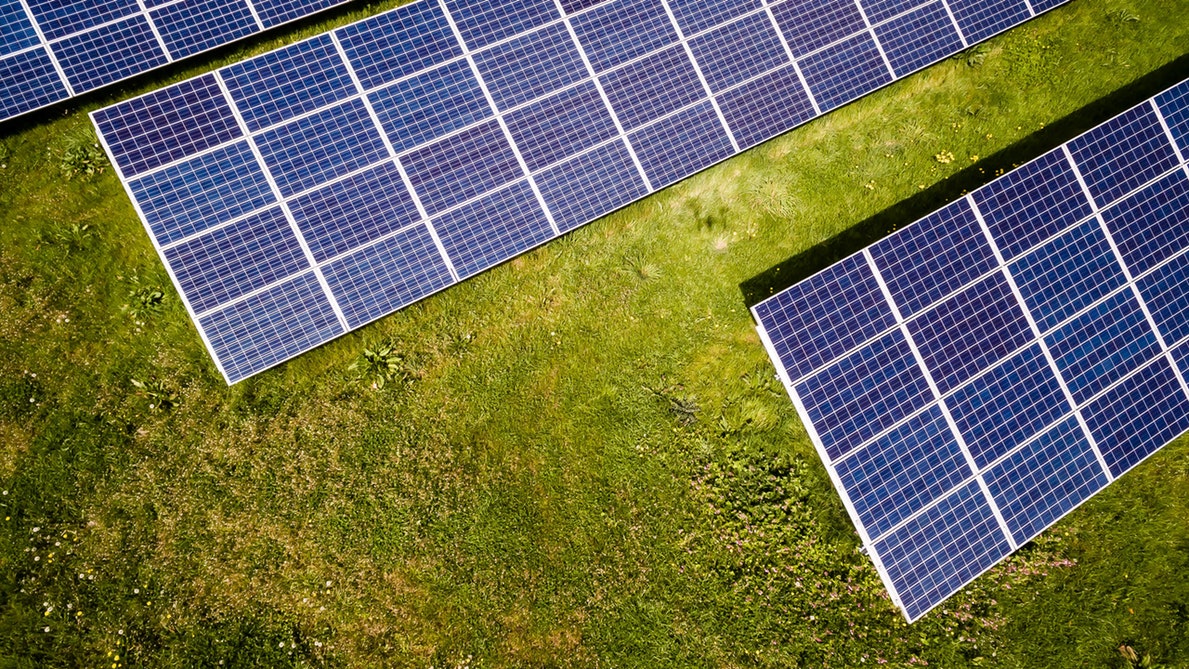- test : test
Solar energy can be captured in two different ways depending on whether you want to produce heat or electricity. Blue roofs (photovoltaics) can be distinguished from black roofs (thermal solar).
Indeed, the two solar, thermal and photovoltaic technologies use totally different technical approaches. These are two distinct renewable energy streams, using different skills and equipment.
The sun’s energy is captured either with solar thermal panels or with photovoltaic solar panels.
It is also interesting to know that the solar energy received for every square metre in France is sufficient to operate between 5 and 10 bulbs. Any house roof receives more energy from the sun than its inhabitants will consume, both in the north and in the south.
The difference in sunshine between the north and south of the country must be put into perspective. Even if it is obvious that these variations in sunlight will be crucial in calculating the sensor surfaces to be set up for a project, we must not conclude that a solar installation is profitable only in the south!
Germany, which is in much worse conditions than northern France, is the leading solar country in Europe. Alsace was one of the regions where the development of solar water heaters was the fastest.
A well-oriented square metre, lit in full sun, receives a maximum power of 1000 W in France (which would correspond to the electricity consumption of 10 incandescent bulbs, or 50 ecotone lamps). In an hour, this square meter will be able to accumulate 1kWh of energy!
The unit of measurement adopted to quantify the daily solar resource is kWh/m2/day (killowatt hour/square meter/day).
Depending on the rate of solar coverage in France, the solar installation can then be calculated according to the daily energy needs of the occupants of the dwelling.


Recent Comments